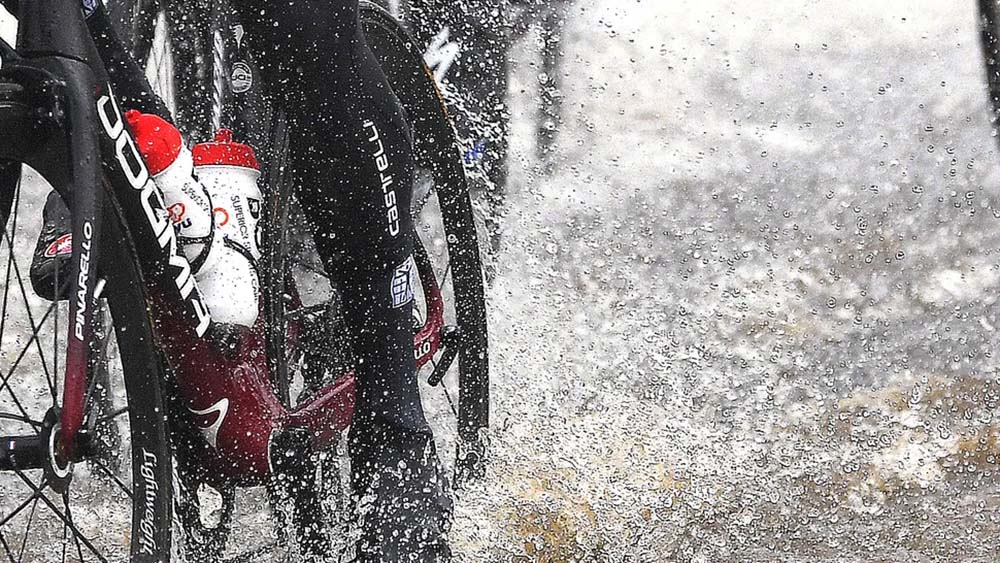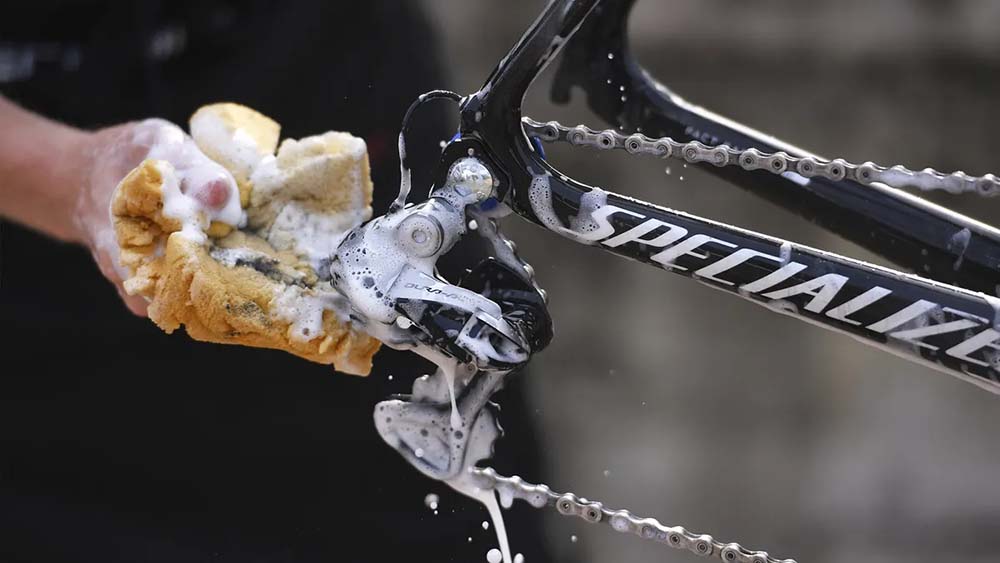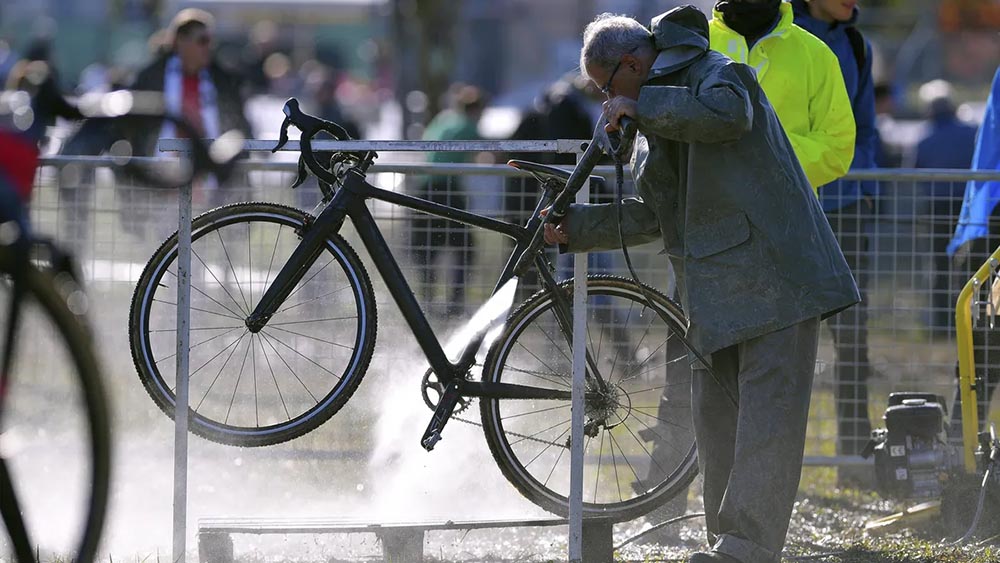Can electric bicycles get wet?
Imagine: On a cloudy day, raindrops gently tapping on your window. What would you think if I told you that electric bicycles can withstand rainwater? In this article, we will uncover the secrets behind electric bicycles and their ability to withstand humid environments. Please fasten your seat belt and understand why rain will never affect your electric bike adventure!
Although electricity and water don’t mix well, it’s crucial to acknowledge the impact of wet conditions on electric bicycles. Riders should take precautions to ensure the longevity and performance of their bikes. Electric bicycles can indeed become wet, but it’s important to adequately protect the electric components from direct exposure to water. While riding in the rain is generally acceptable, it’s advisable to avoid heavy downpours or submerging the bike in water to prevent potential damage. Regular maintenance and proper care, such as drying the bike after wet rides, are essential for optimal functioning and a longer lifespan.
The more popular electric bicycles are, the more questions people have about them. Like any bicycle or new technology, there is a learning curve. One of the more obvious questions is “Will my electric bike get wet
This question carries significant meaning. The first word in the name is “electricity,” and it is common knowledge that electricity and water should not be mixed. Fortunately, the industry has already implemented various practices to address this concern. Cars serve as an excellent example of how electronics and water can coexist in the realm of transportation.

The answer is yes, it won’t leave you in suspense. Electric bicycles may get wet, but let’s talk about some details.
Waterproof technology: a pillar for cycling on rainy days
In today’s era, manufacturers of electric bicycles actively employ advanced waterproof technology to safeguard internal components such as batteries and motors from water damage.
IP level
When considering the waterproof performance of electric bicycles, the IP (intrusion protection) level is a crucial aspect. Let’s delve deeper into the meaning of these levels and how they affect the performance of electric bicycles.
The manufacturer’s guidance has made the question of ‘can electric bicycles get wet’ somewhat confusing. For most people, the question is’ are they waterproof? ‘and they will search for the answer. Electric bicycle manufacturers have made it very clear that they are not waterproof. However, just because they are not waterproof does not mean that you cannot wet your electric bike. This means that you cannot ride an electric bike underwater. More importantly, it means you haven’t asked the right questions.
The question to ask is: “How wet can my bike get
This question should be easy to answer, just consult with the company that makes your bicycle. They should have an IP rating that specifies the water ingress restrictions you can expect. For example, many electric bicycles have an IP-65 protection level. This means they are dustproof and free from the influence of low-pressure water from any direction.
Sealed battery compartment – protecting power supply
Modern electric bicycles usually use sealed battery compartments to prevent damage caused by water infiltration. Understand how this design feature ensures the safety of the heart of electric bicycles.
Waterproof connector – keep current flowing smoothly
By utilizing waterproof connectors, the electrical system of your electric bike can be safeguarded, ensuring the compatibility of electricity and water. Recognizing the significance of these connectors is vital for maintaining a smooth and reliable operation of your electric bike.
Corrosion resistant materials – fighting against the environment

Manufacturers use corrosion-resistant materials in the structure of electric bicycles to resist the effects of moisture. Understand how these materials can extend the lifespan and improve the performance of electric bicycles.
Mudguards and mudguards – prevent splashing
Don’t let the rain ruin your ride. Understand how mudguards and fenders play an important role in protecting you and your electric bike from splashing water and muddy terrain.
What to do and what not to do
Do:
Starting from the things to do, the list is long, but it’s easy to summarize: it’s a bicycle, and you can treat it this way. Continue cycling in the rain. Mud, dirt, and even heavy rain should be fine.
Similarly, another big thing is to keep it clean and take care of it in the rain. The chain needs to be cleaned and lubricated. If you bring the chain in after getting wet, it is best to immediately dry the chain instead of waiting. Wet chains can cause surface rust. It does not need to be replaced immediately, but it will increase friction during use, shorten its service life, and be more difficult to clean in the future.
No:
A good rule of thumb when it comes to ‘not doing’ is not to exert pressure. Your bike may be able to withstand low-pressure water well, but these IP levels are very specific to pressure. Your bicycle is unlikely to have high voltage protection. This means there is no need for high-pressure cleaning of the bike or the use of high-pressure air to dry the bike. Instead, use a cloth to clean and dry the bike, while using low-pressure water for cleaning.
Although the pressure of rain is generally not significant enough to cause immediate issues, it’s important to note that storing bicycles outdoors is not entirely safe. The IP (Ingress Protection) rating indicates protection for a specific period rather than permanent protection. If a bicycle is left out overnight in the rain, water may accumulate in certain areas. Without movement and sufficient time to dry, water can seep into places where it shouldn’t be. Therefore, it is crucial to understand that even if your bicycle is capable of withstanding rain during rides, it doesn’t necessarily mean it can be safely stored outdoors.

Do I need anything else?
If you have confidence in getting your bike wet, you may want to know if this is all you need to consider. To answer this question, it depends on what the question refers to. If you ask how to clean a bicycle, it is highly likely that your home has everything you need. We have a comprehensive guide to help you learn how to wash your bike, and there are also some great product suggestions to make things easier.
For those who ask how to wet an electric bike (as it is related to cycling in the rain), there are specific accessories to consider. If you only occasionally encounter light rain, you have already obtained what you need, but if it happens frequently, you will need some mudguards. Check out our list of best road bike mudguards for some advice. Many commuter electric bicycles are already equipped with mudguards, but not all of them. Similarly, cycling in the rain may mean that tires are more likely to deflate. If you want additional puncture protection, please check out our list of best winter road tires.
Don’t forget the rider
Just because your electric bike can handle wet and rainy riding, don’t forget the rider. Riding in the rain can be an incredible experience. One of the most interesting things about cycling is spending time in the rain. However, enjoying a good time depends on having the right equipment. Make sure to consider temperature and dress appropriately. We provide a guide to the best waterproof cycling jacket suitable for year-round showers, as well as a guide to the best winter cycling jacket suitable for temperature drops.
Summary:
Whether it’s windy or rainy, the design of electric bicycles can adapt to various environments. With advanced waterproof technology and thoughtful design features, your electric bike can overcome the challenges of humid weather. Therefore, the next time dark clouds gather, please remember that your trusted electric partner is ready to deal with any storm.
Sign up for our email list and be entered to win a Pioneer Electric Bike
 Shuangye ebike
Shuangye ebike
